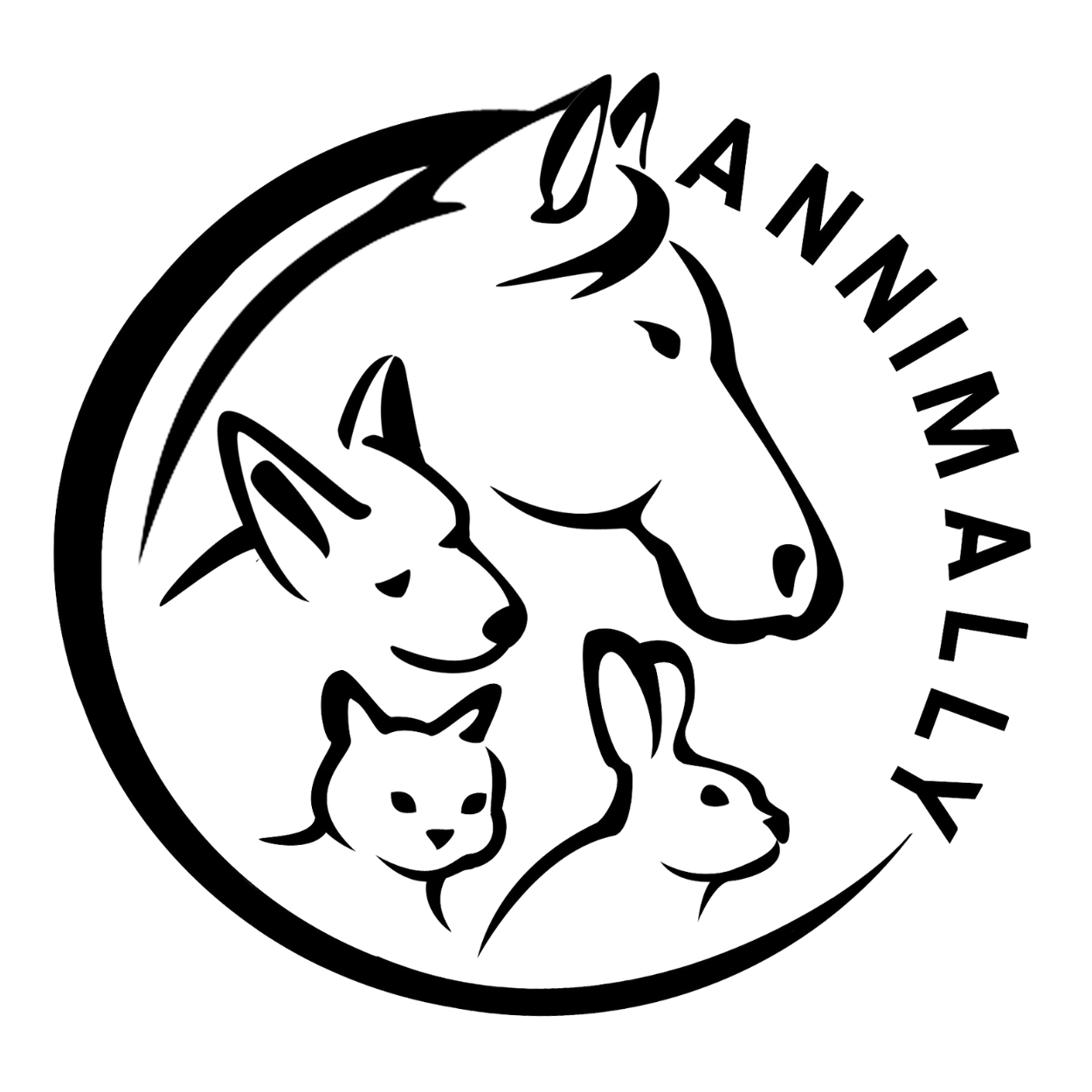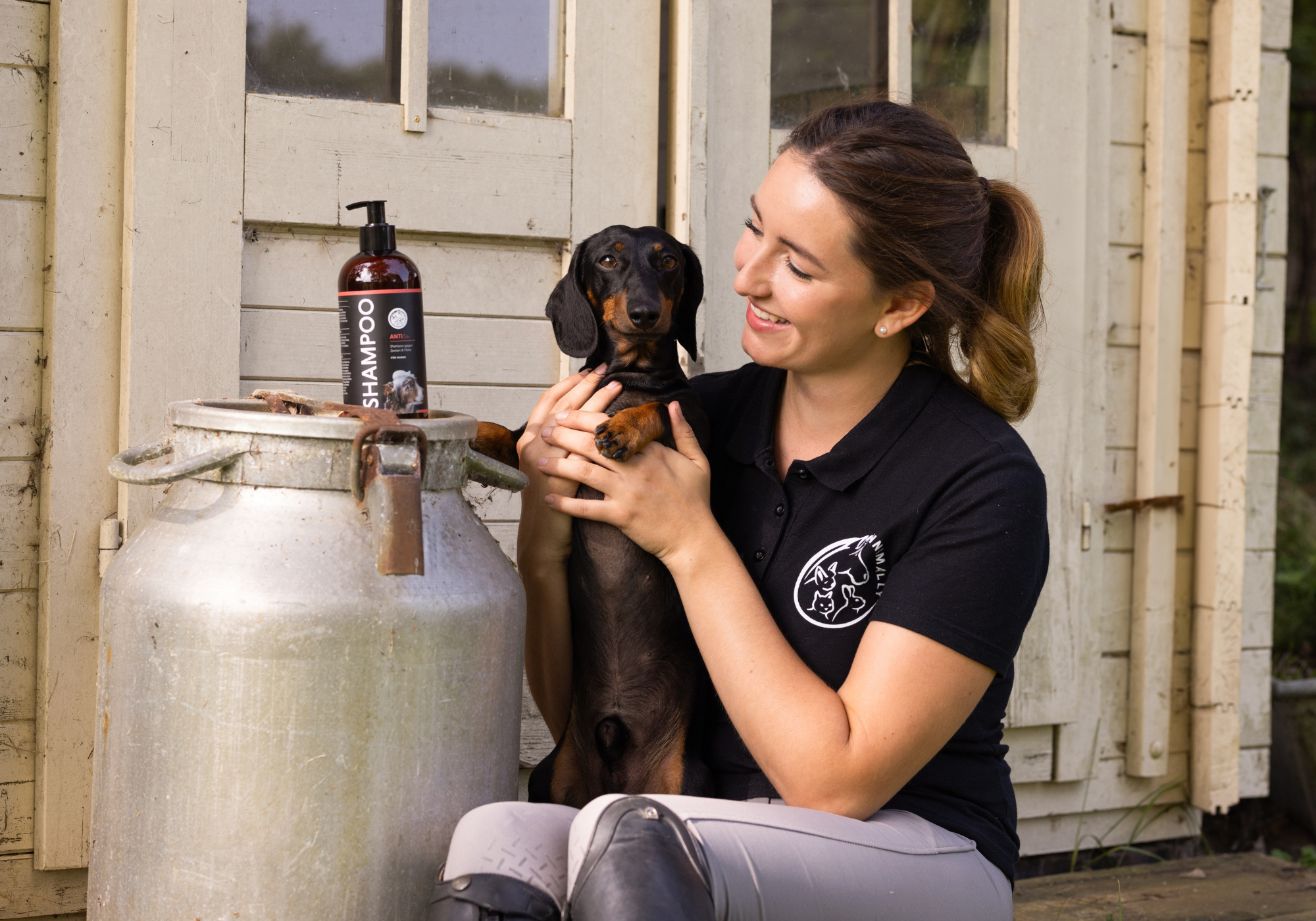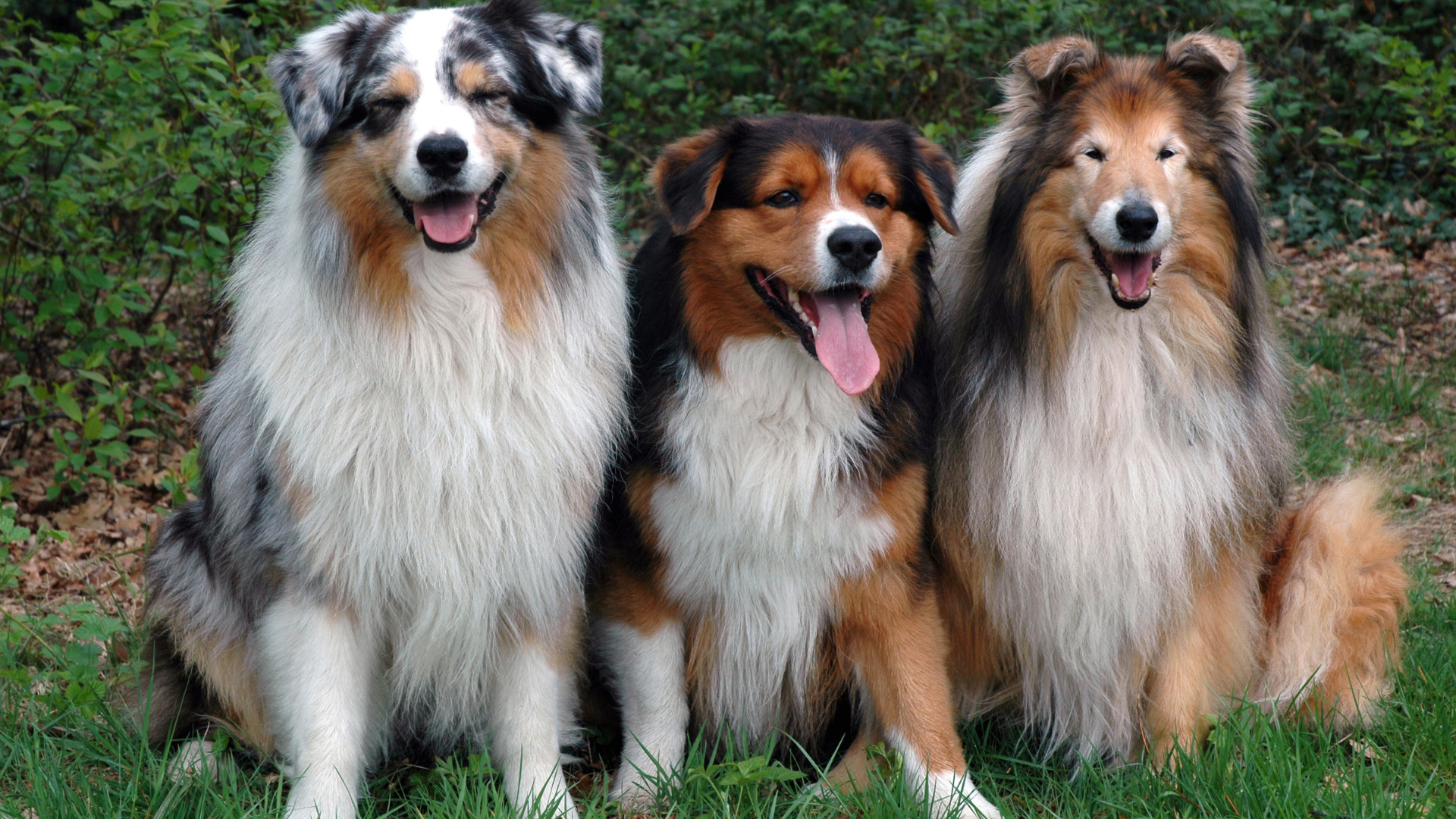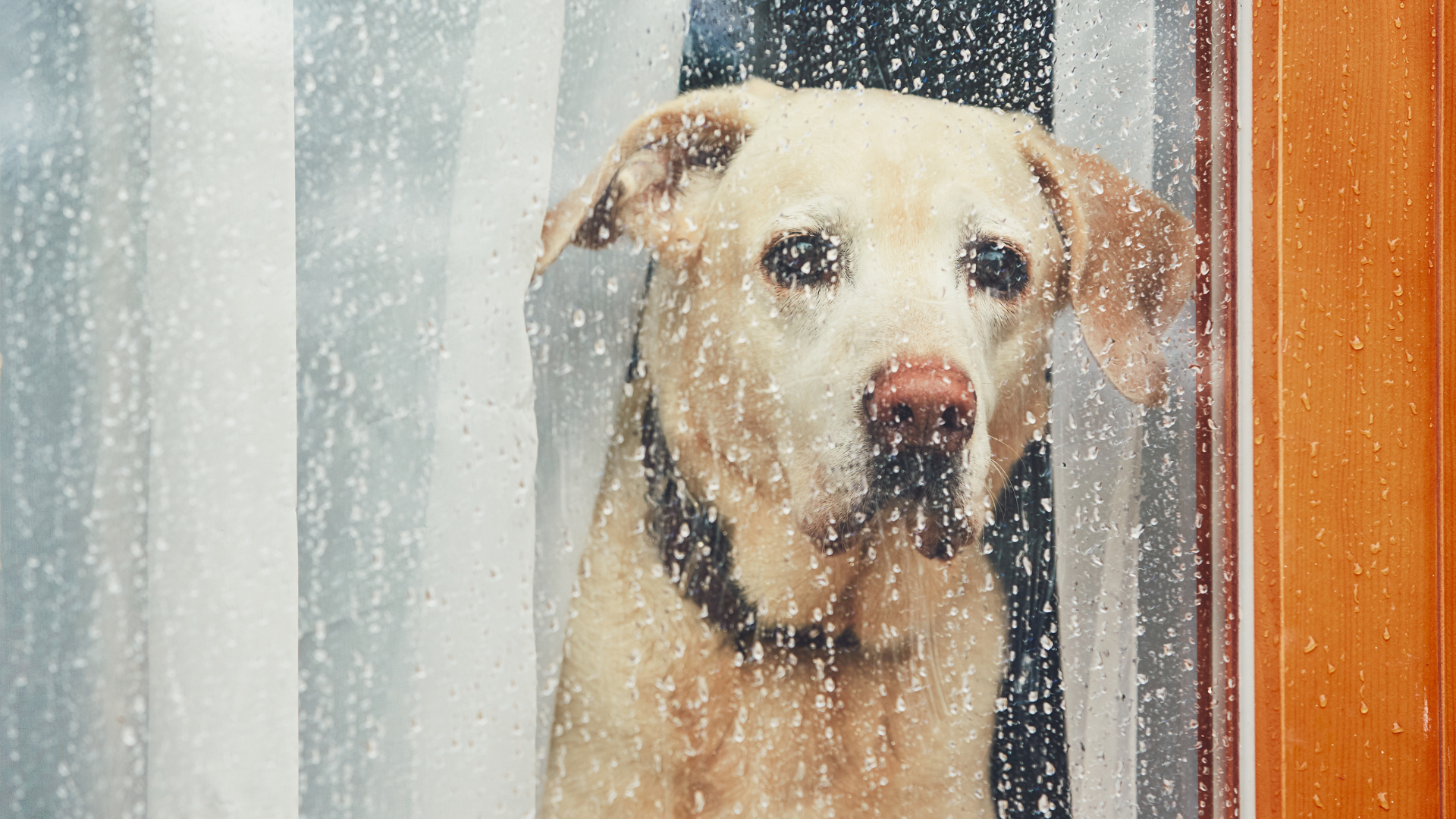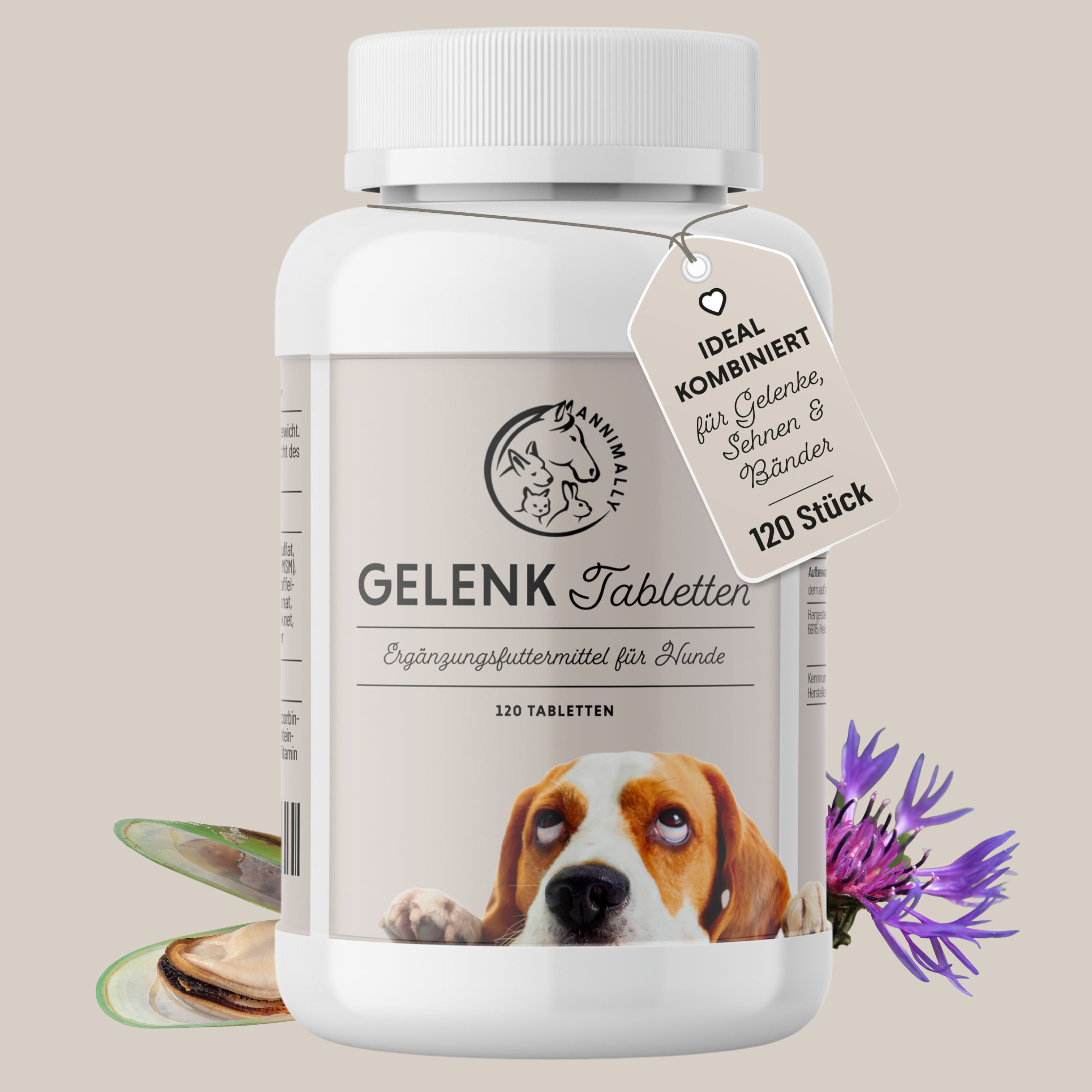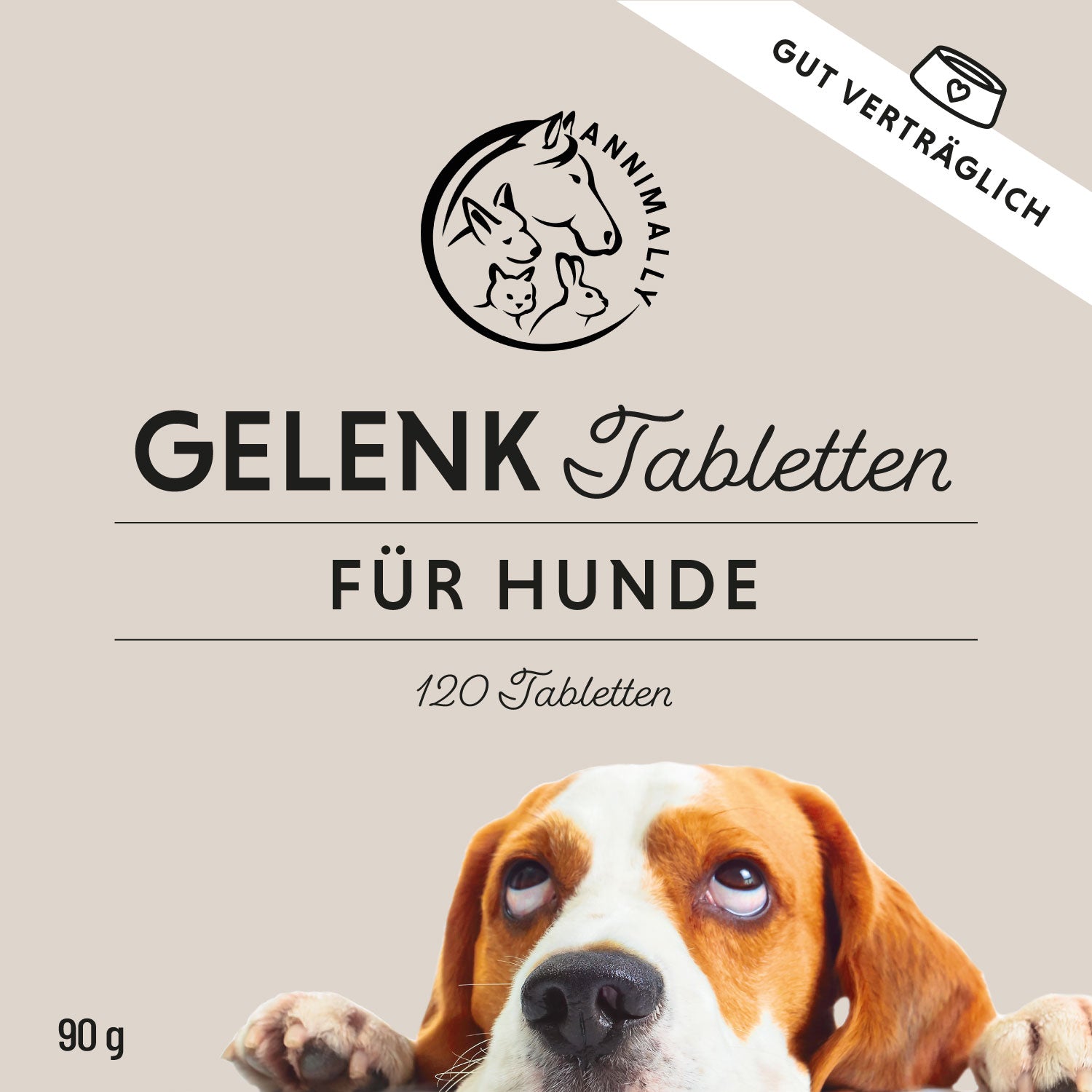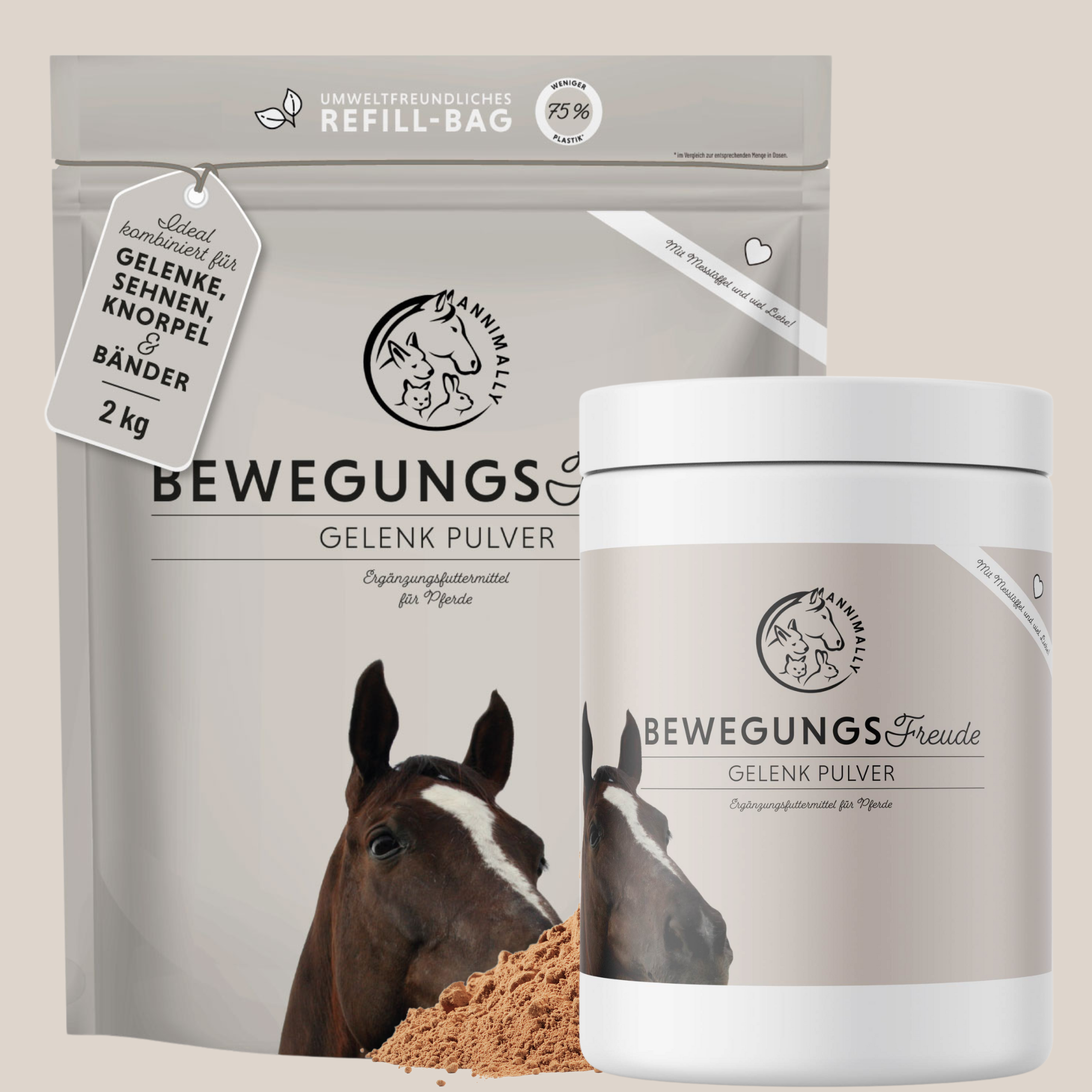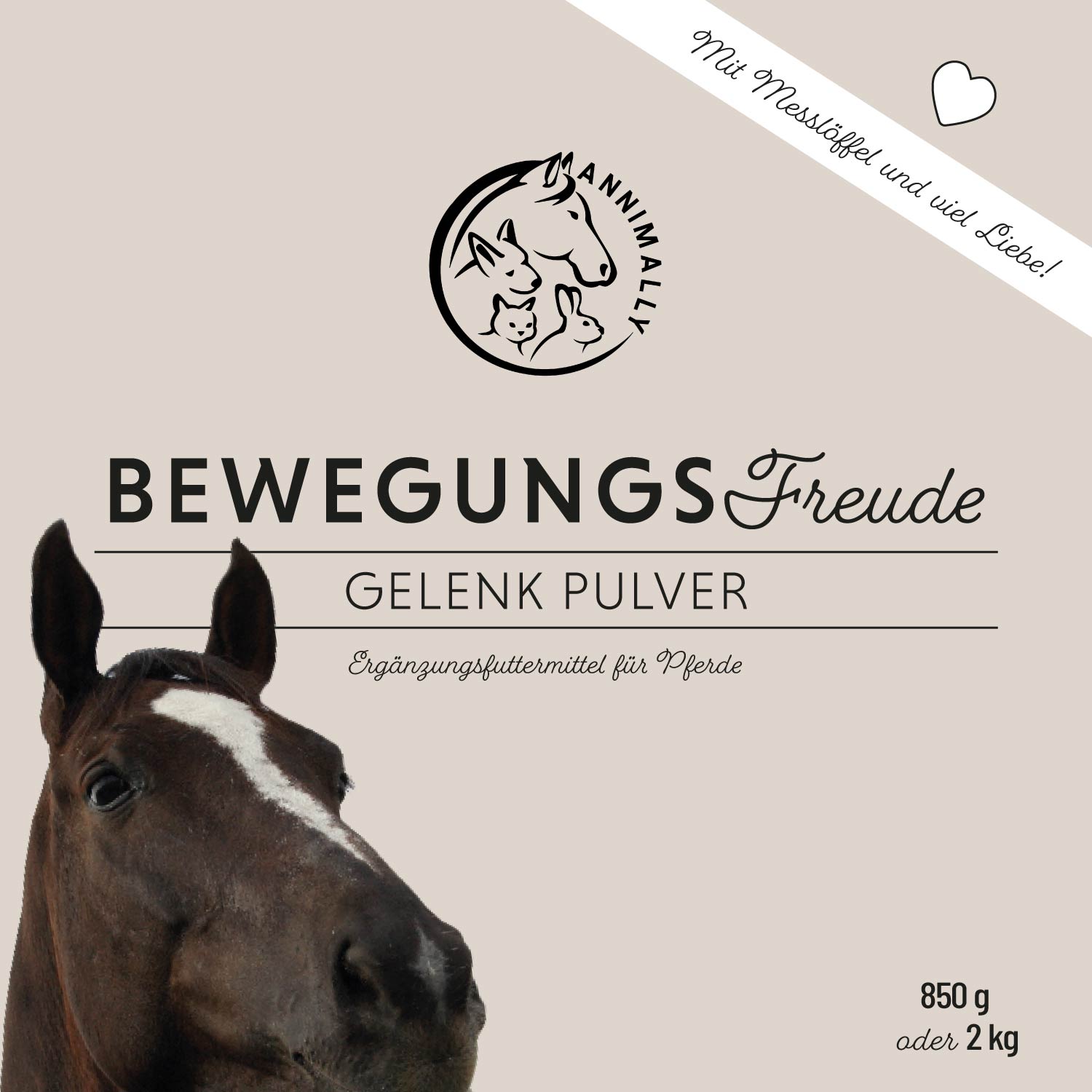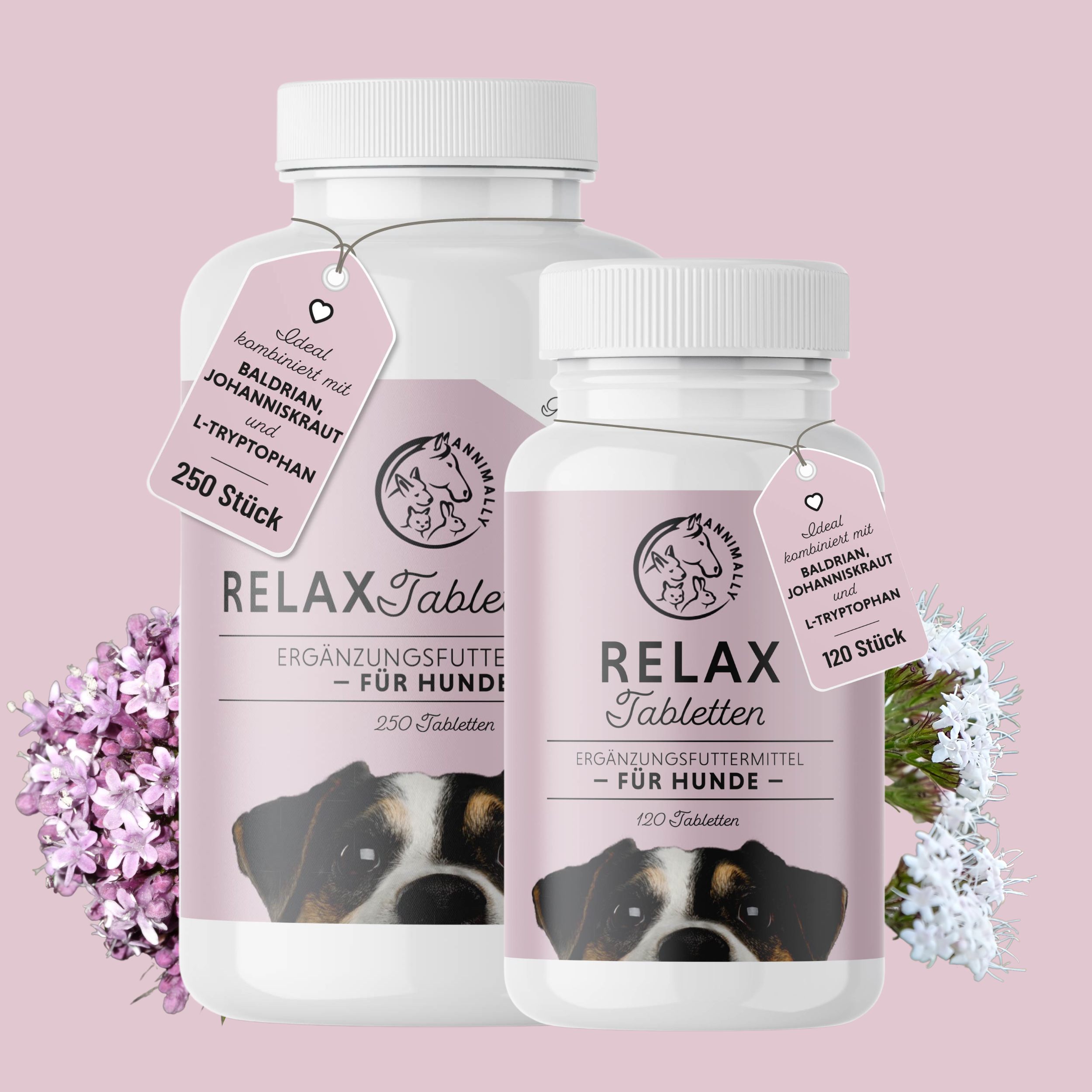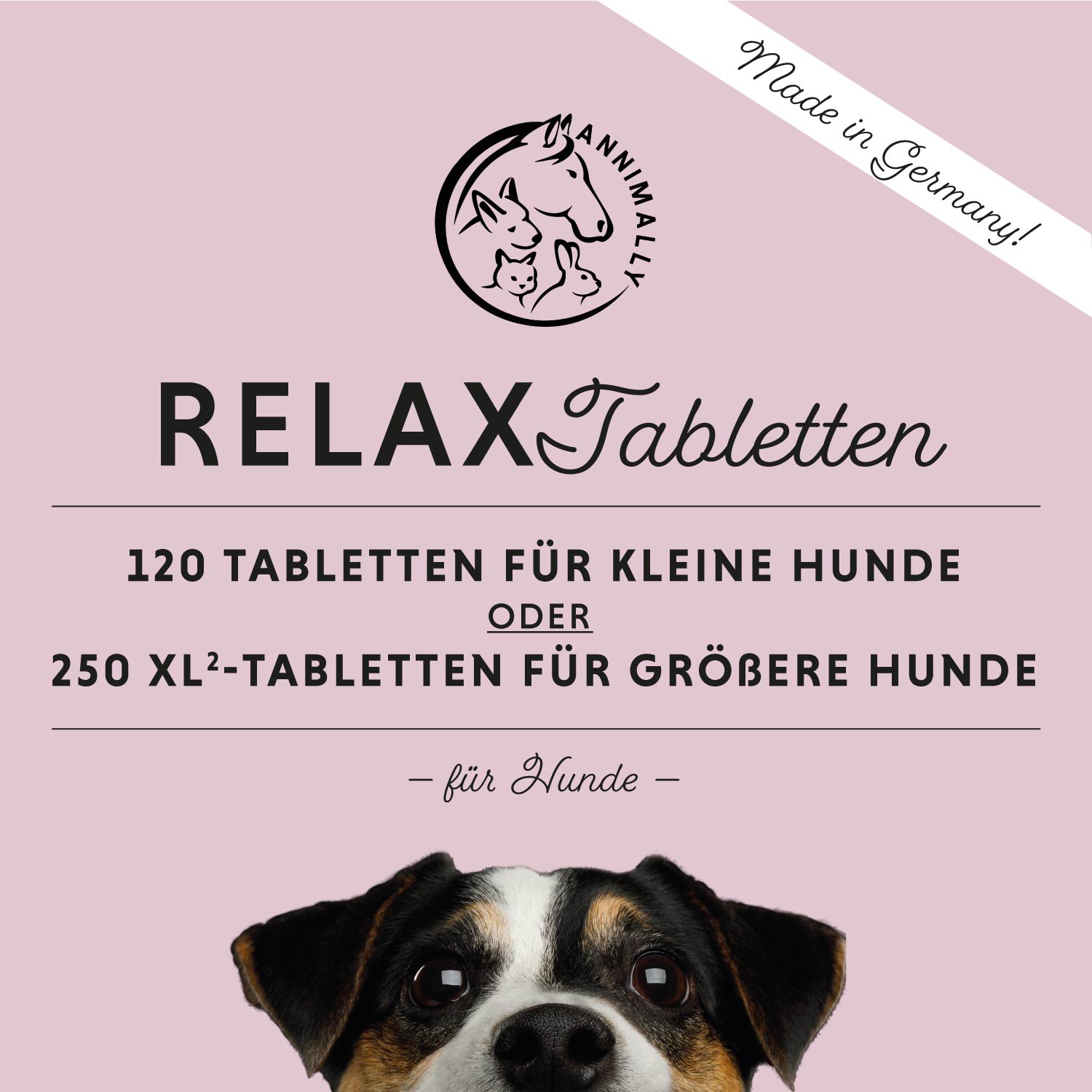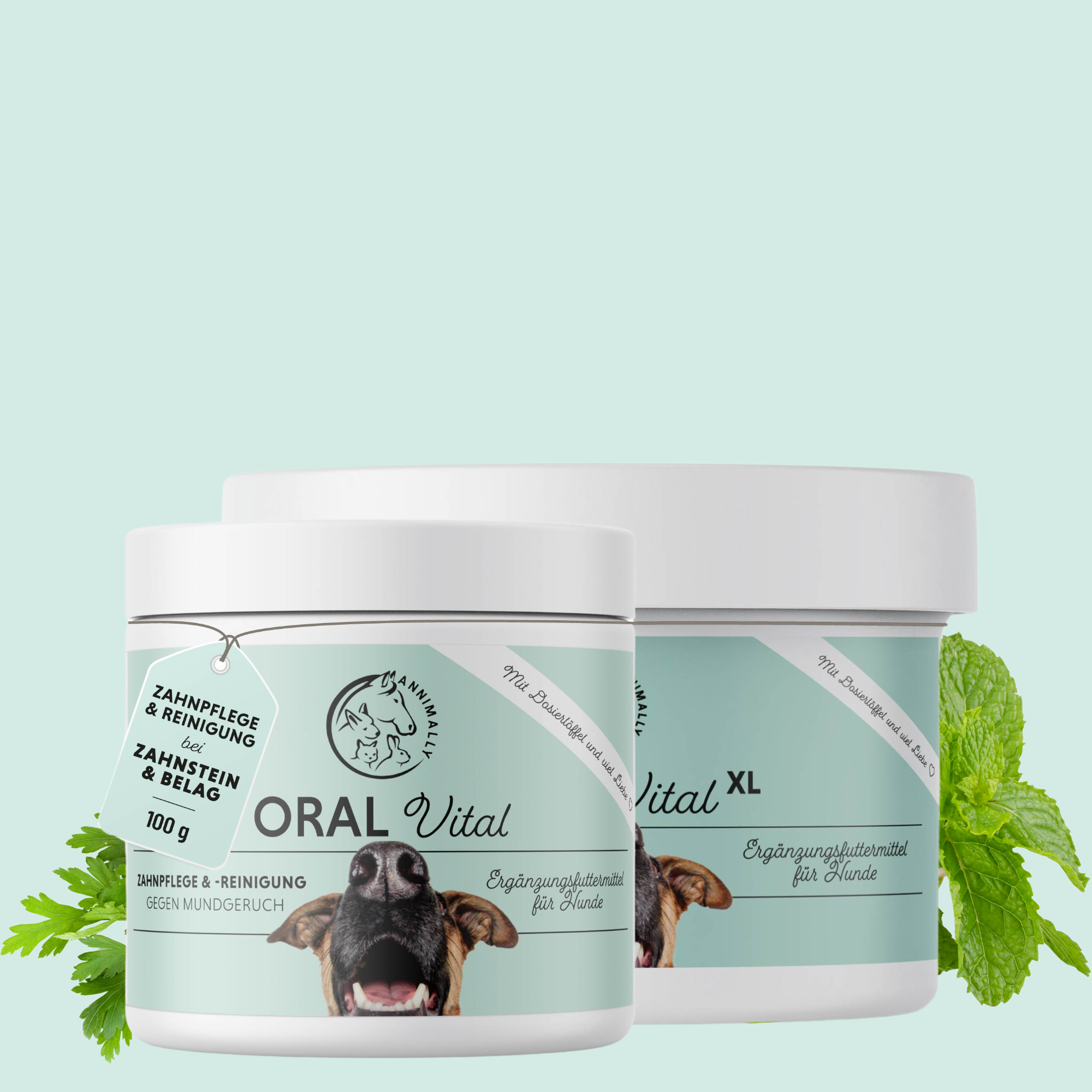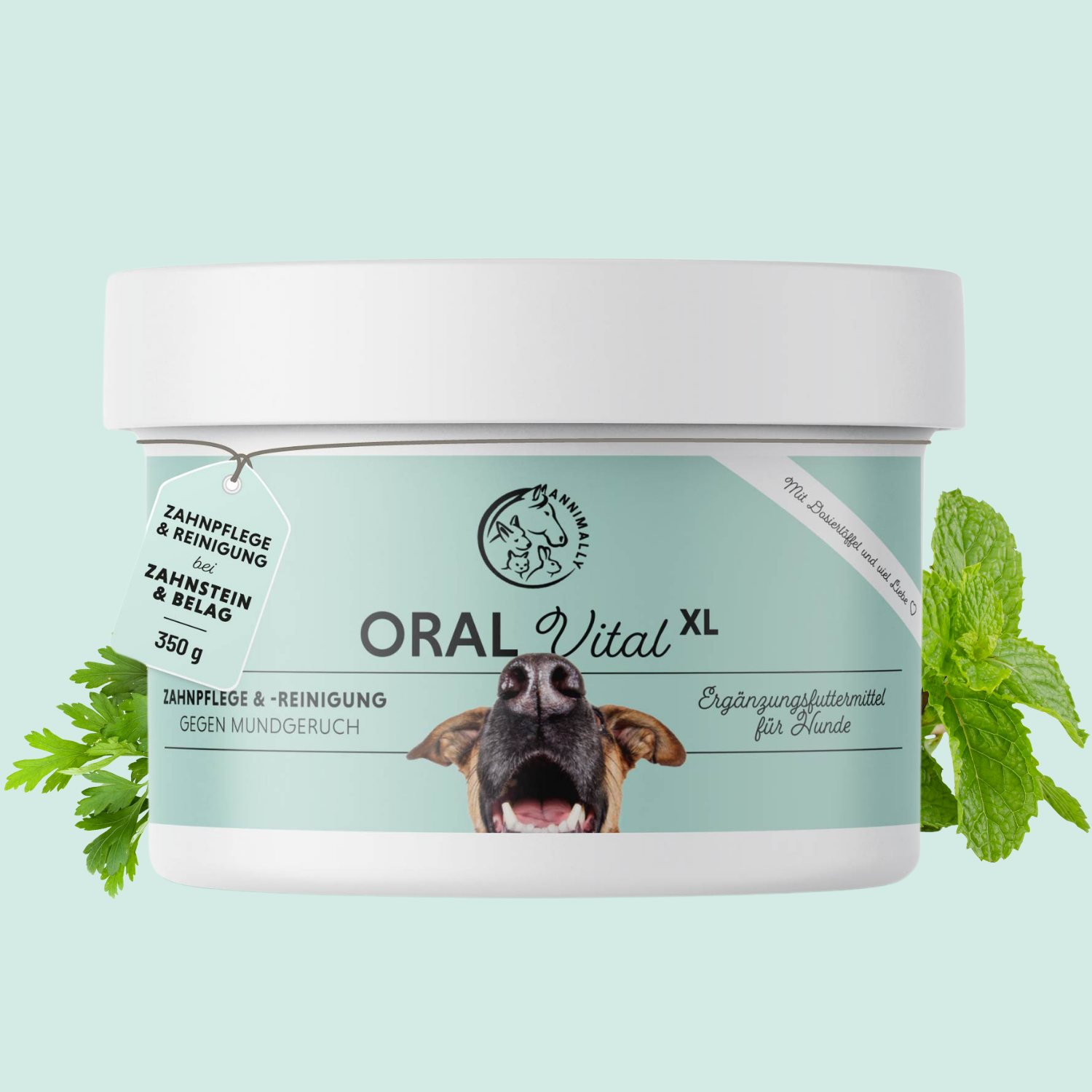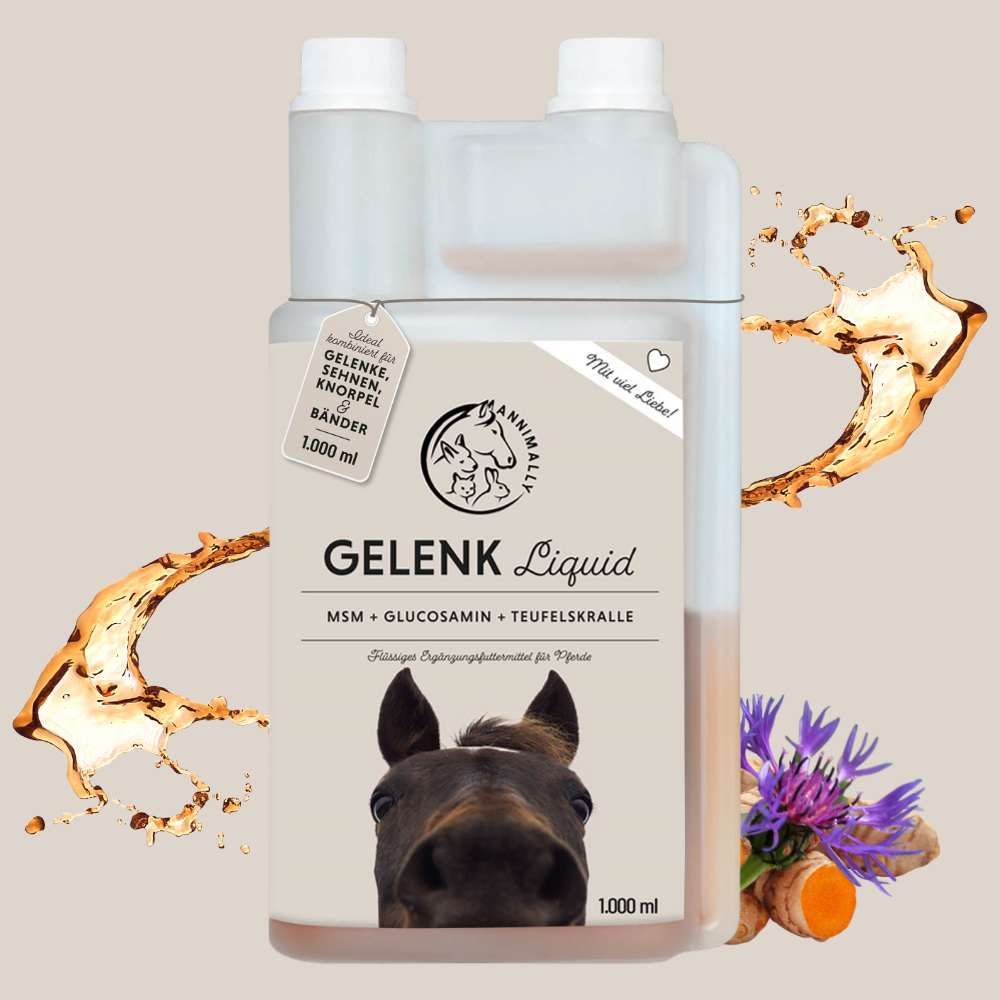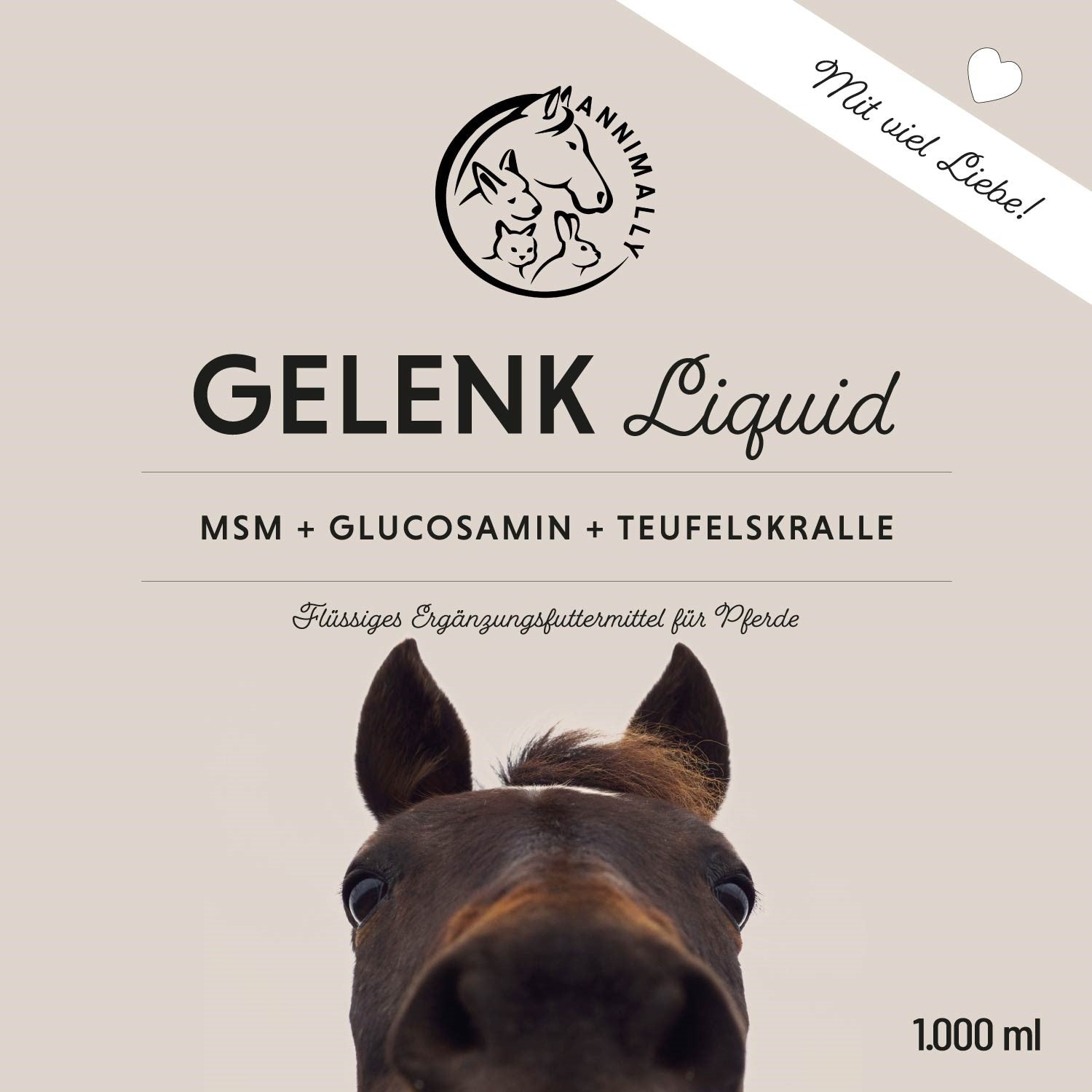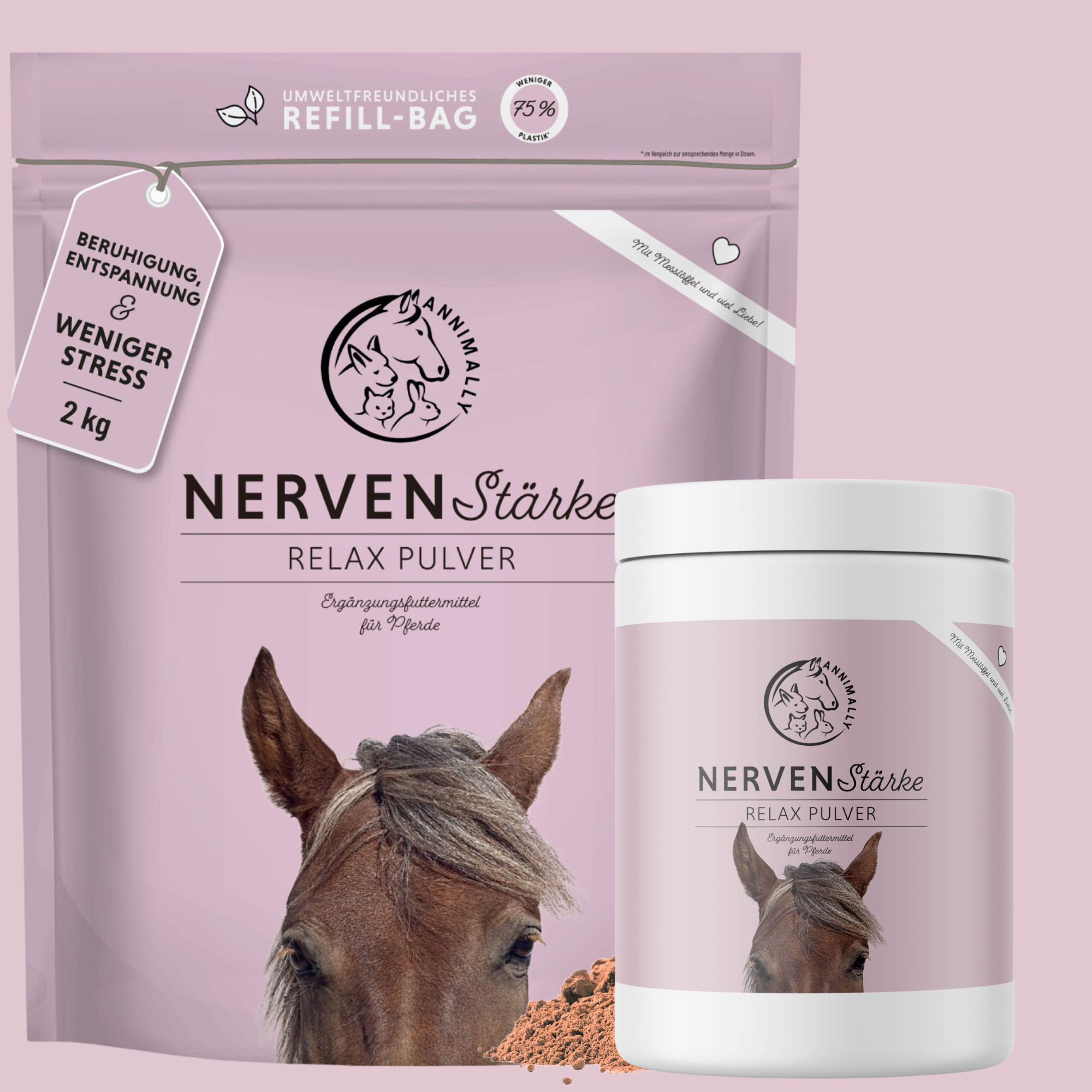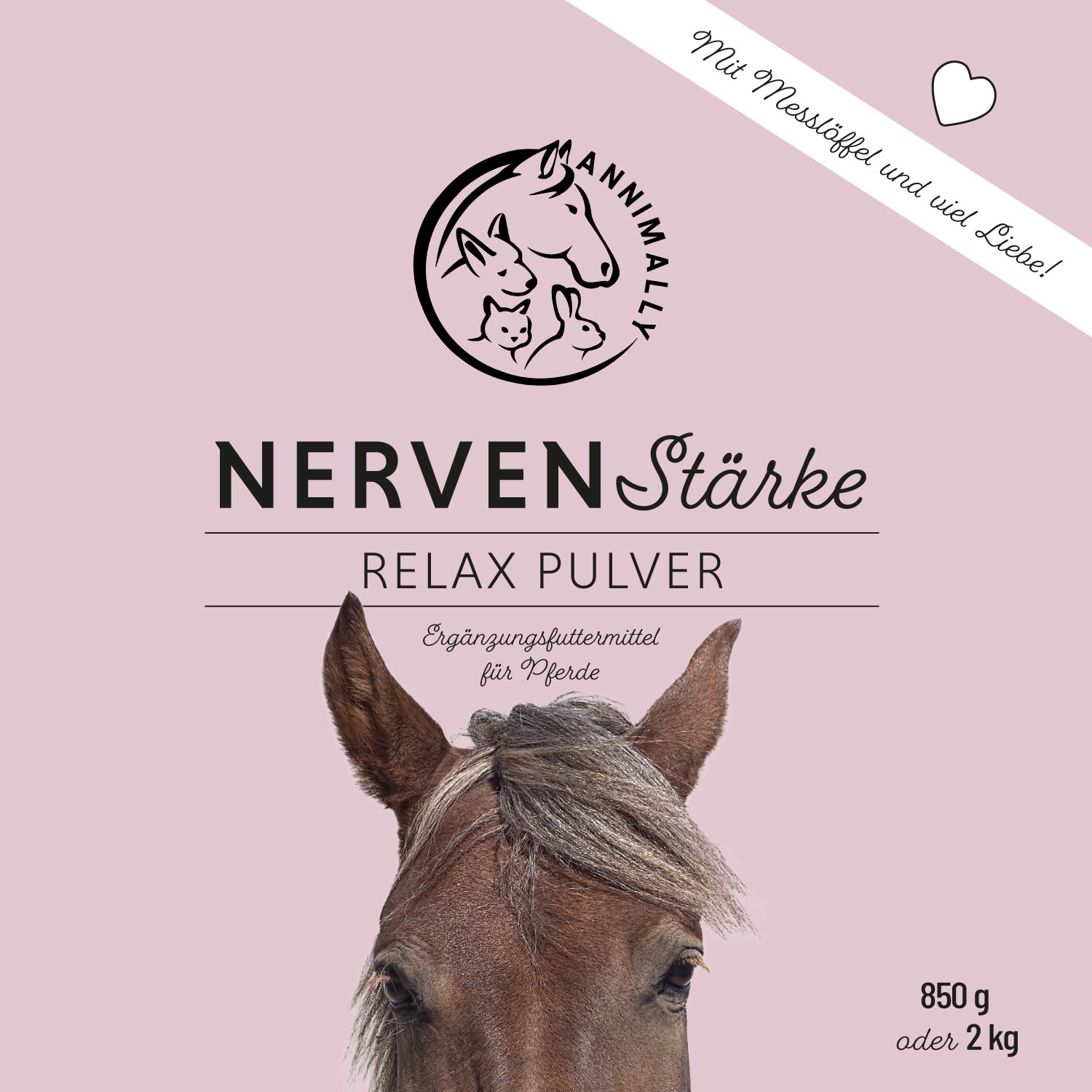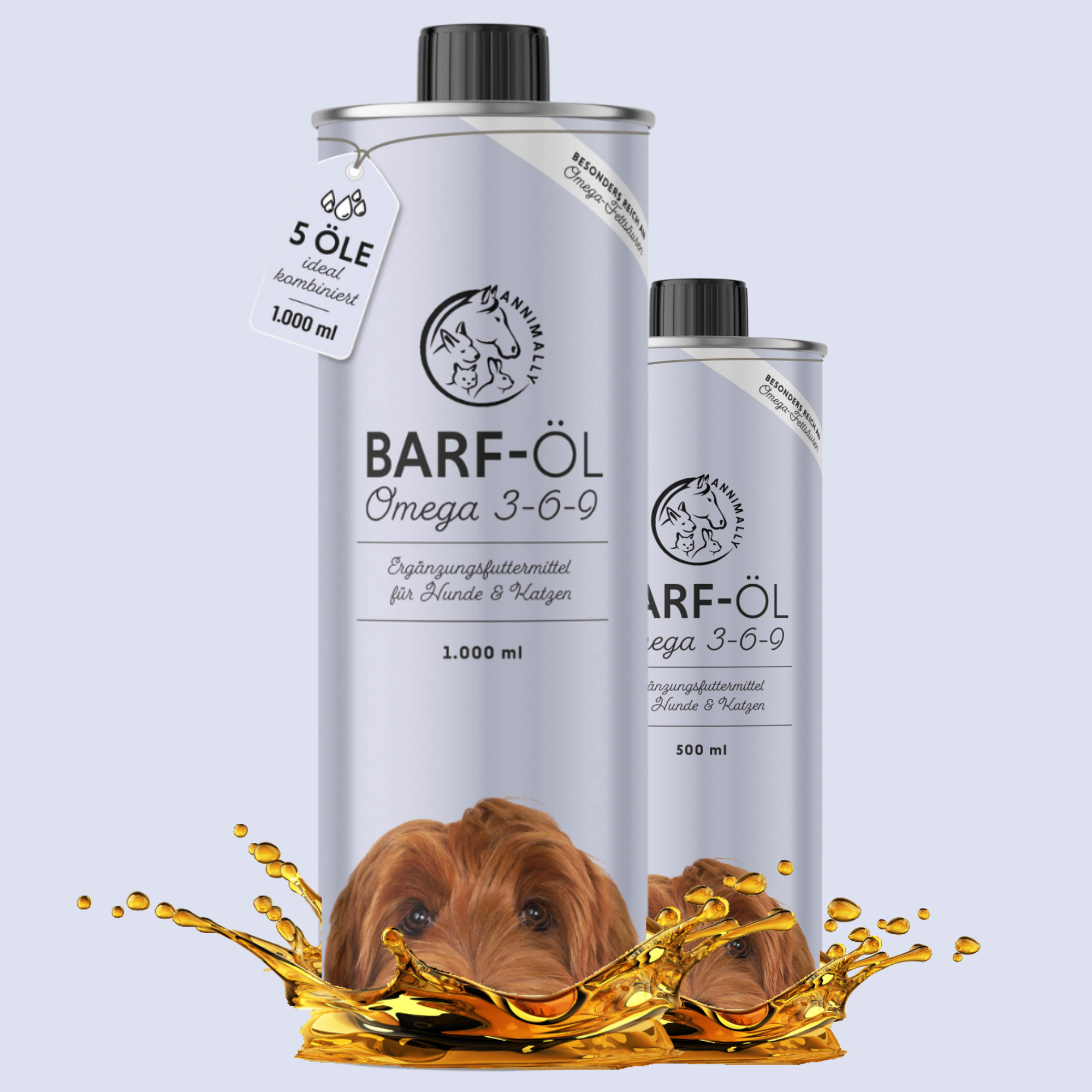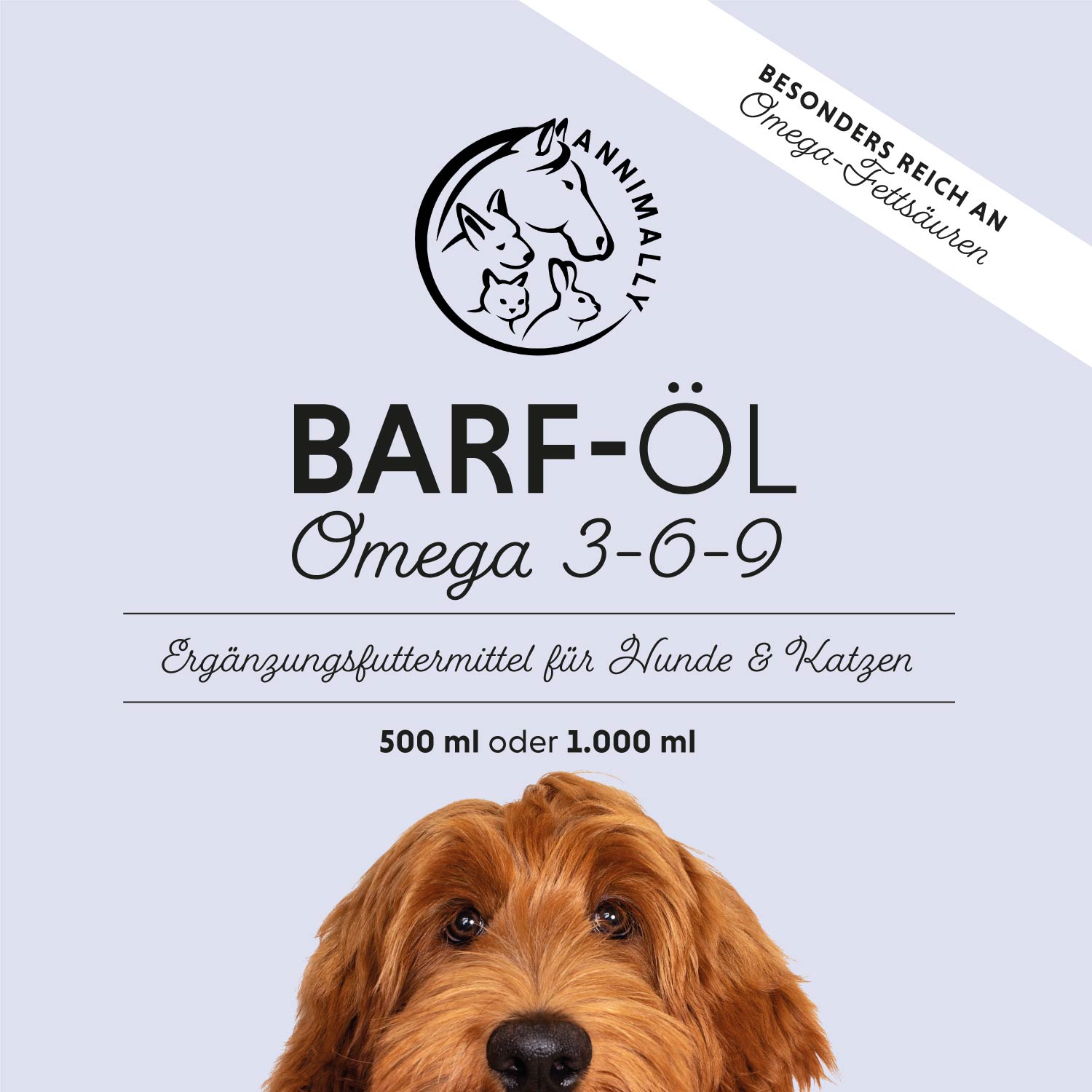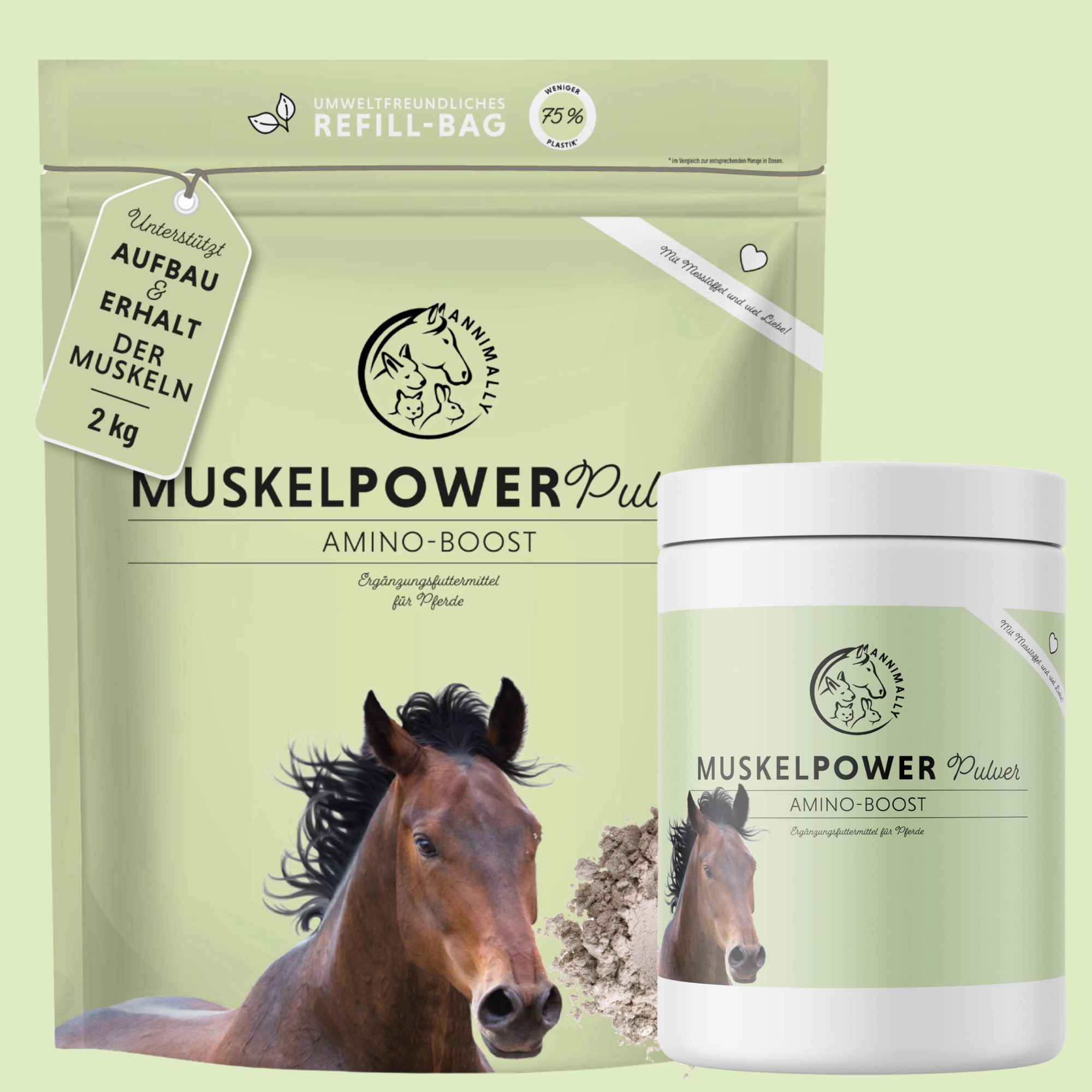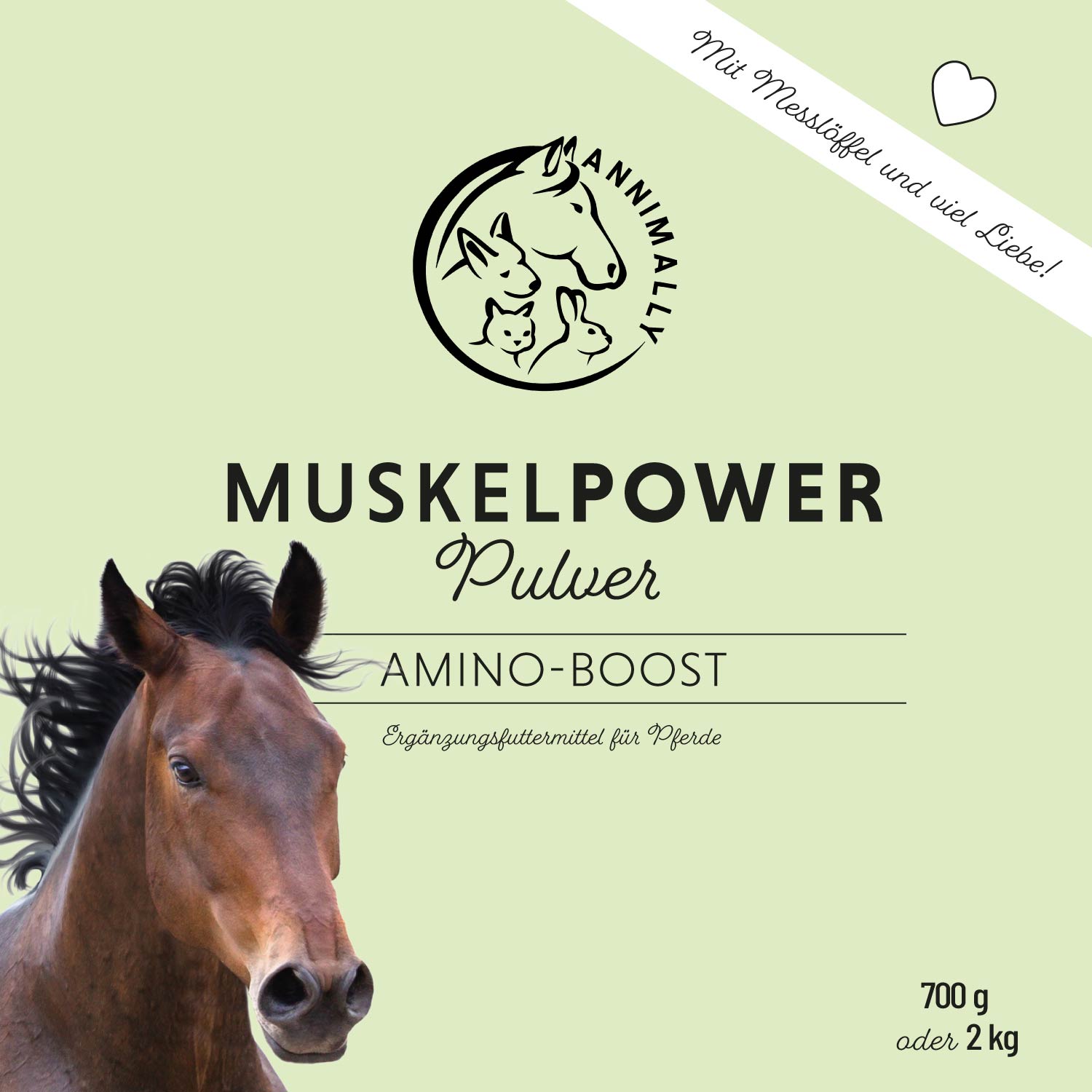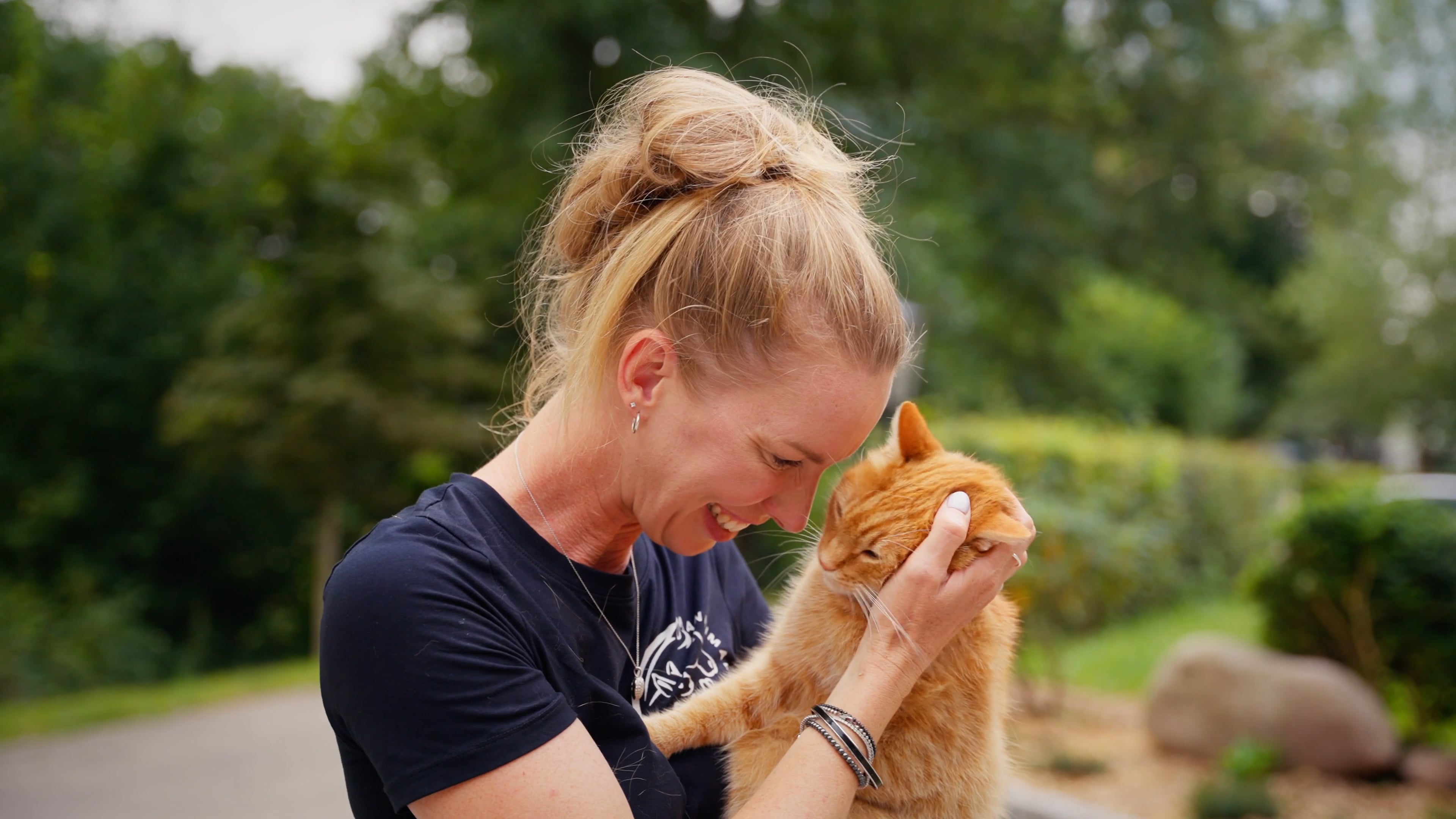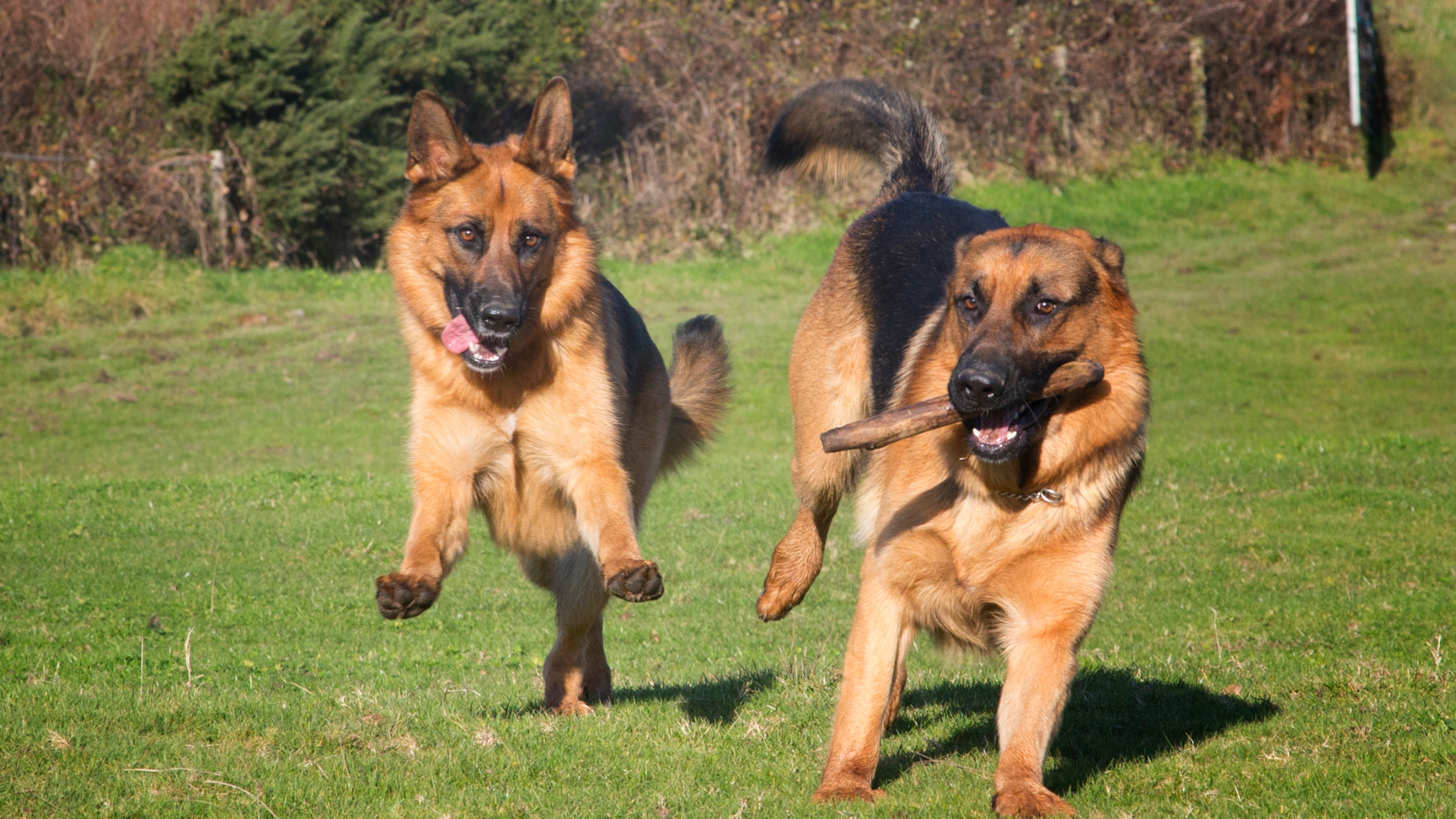
Osteoarthritis in dogs - symptoms, causes, treatment and prevention

Osteoarthritis in dogs: What helps your four-legged friend now
Something is wrong: Your otherwise agile best friend is tired of playing ball games, long walks are exhausting and climbing stairs is out of the question? Then it may be that your dog suffers from joint pain. These can have many causes - but one is particularly common: osteoarthritis. On average, every fifth dog is affected by it. But what is that anyway? How exactly the joint disease manifests itself and what you can do to give your darling mobility back, we tell you in our article.

What is canine osteoarthritis?
The term osteoarthritis derives from the ancient Greek word "arthron", which means something like "joint". Osteoarthritis is a degenerative joint disease in which the articular cartilage regresses or is even destroyed. As a result, the joint structure changes. This pathological joint wear or atrophy occurs not only in dogs, but also in other furry friends and humans. In the long term, osteoarthritis causes unpleasantly painful joints and limitations in the musculoskeletal system. But the good news first: Even if arthrosis can be quite a problem for your dog in everyday life, the disease has no effect on life expectancy. Dogs plagued by arthrosis can live just as long as their perfectly healthy conspecifics.
Osteoarthritis vs. arthritis - these are the differences
Sounds the same, means the same? Not quite! The two terms arthrosis and arthritis are often confused or used interchangeably, mainly because of their similar sound. The terms refer to different diseases. Osteoarthritis usually causes arthritis: While osteoarthritis describes the condition of the cartilage and literally means “bad cartilage”, arthritis means inflammation of the joints. As you can see, the topic is complex and definitely too extensive to explain it in detail here in a medically correct manner. Important to note: When the veterinarian makes a diagnosis, you should pay close attention to whether it is arthrosis or arthritis and not confuse the two clinical pictures, because different therapy methods are used here.
What Causes Dog Osteoarthritis?

There are many reasons for the development of osteoarthritis in dogs. We have summarized the most important ones for you:
· Age-related arthrosis: Osteoarthritis is not uncommon as a sign of aging – even in dogs! This has to do with the dwindling elasticity and resilience of the articular cartilage.
· Joint deformity: If tissue changes occur in joints, so-called dysplasia, this can also lead to the development of arthrosis. In this case, the hip or elbow joints are particularly often affected.
· Joint Injuries: Is your darling struggling with joint injuries such as cruciate ligament damage? This can then result in a misalignment within the joint. Unfortunately, this in turn offers the best conditions for the development of arthrosis.
· overweight: If your dog has too much on its ribs, arthrosis is unfortunately almost certainly the result. Because of the excess weight, the joints are exposed to permanent overload, which damages the cartilage. Inflammatory hormones, which are produced by the higher proportion of fatty tissue, also promote the development of the disease.
Recognizing joint problems:
How to recognize arthrosis in dogs:
If your dog suffers from osteoarthritis, the disease can affect any of its joints. In most cases, however, joint atrophy is noticeable in the elbow, hip or ankle joints - the so-called load joints. It is important to know that canine arthrosis is always insidious. This means that any symptoms usually start off mildly and worsen as the disease progresses. It is therefore particularly important to recognize the first signs of arthrosis. Symptoms can include the following:
· Thickened joints: Osteoarthritis often causes the joint capsule to shrink. Bony growths or accumulations of fluid develop, which are also visible externally as a thickened joint on the dog's body.
· Increased biting of limbs: Out of sheer pain and discomfort, your dog may start to bite the affected limbs more often in the hope that this will improve his situation.
· Difficult getting up and down: If your darling has trouble laying down or getting up again, this can be an indication of arthrosis. Frequent changing of lying position can also be a warning sign. In this case, your dog tries to relieve its joints as regularly as possible.
· Goodbye urge to move: If your dog noticeably loses joy in playing and romping around or becomes paralyzed after long walks, this can be related to joint pain. If climbing stairs or jumping into the car is getting more and more tedious, it is definitely time to let your four-legged friend take a close look.
· Prefer no petting for your dog: From cuddly bear to cuddly muffle: Osteoarthritis causes pain in the joint. Sick dogs often react sensitively to the slightest touch of affected areas.
Do some of the symptoms mentioned apply and you suspect that your dog suffers from arthrosis? Then don't hesitate any longer and contact the vet you trust. He can clarify whether your darling is actually struggling with the disease. In some cases it makes sense to get the opinion of a veterinarian specializing in orthopedics.
Treatment of osteoarthritis in dogs
To the chagrin of mistresses, masters and four-legged friends, canine arthrosis is always insidious and chronic. Unfortunately, this also means that the disease cannot be cured. But hey, what matters is: it's treatable! With the right measures, you ensure that your four-legged friend leads a livable and largely pain-free dog life despite osteoarthritis. We have put together tips that tell you how to prevent the disease and how you can best help your darling if he is affected by arthrosis. But be careful: You should always discuss suspected arthrosis and all treatment methods with your veterinarian.
Prevention in puppyhood

The key to healthy canine joints? A healthy growth. So if your darling is still a puppy, the motto is: Prevention is better than aftercare! Because now the foundation for the joint health of your dog is laid. So make sure you serve your little friend age-appropriate food and don't subject him to too many movements that put a strain on his joints, especially if he belongs to a dog breed that is growing or a breed with a very long back, such as a dachshund or corgi. Excessive exertion includes, for example, climbing stairs, jumping in the car, or jumping off the sofa. It is better to carry or lift your baby fur nose in these situations to avoid joint damage.
Valuable feed supplement for arthrosis patients
The active ingredients, nutrients and minerals responsible for joint health cannot only be ingested by your darling through his daily dog food alone. With the right nutritional supplements, you can possibly make life easier for your four-legged friend affected by arthrosis. Green-lipped mussel powder, for example, helps to build up synovial fluid, African devil's claw supports joint metabolism and certain sulfur compounds are good for ligaments, cartilage and tendons. Also good for the joints: glucosamine! It drives the production of joint and cartilage building blocks. In our Joint tablets for dogs and ours Joint powder for dogs contain exactly these valuable substances.

Especially good: The supplements mentioned are purely natural and can not only help four-legged arthrosis patients, but also support in prevention. That way, canine joint problems may not even arise. How does the saying go? Better safe than sorry!
The right amount of movement
Should four-legged osteoarthritis patients move as little as possible? Not correct! The right amount of exercise is of enormous importance for the treatment of osteoarthritis. But: It depends on the duration and the type of movement. Dogs suffering from osteoarthritis should rather go for a 30-minute walk than play with a ball for a few minutes. In general, calm and even movement such as walking slowly next to the bike is easier on the joints than wild jumping around. Is your dog a real water rat? Great! Because swimming is ideal for dogs that suffer from osteoarthritis. In the floating state under water, the joints are under particularly little stress and are moved smoothly and evenly.

Effective pain treatment
If your dog has already been diagnosed with osteoarthritis by the vet, make sure that he is treated regularly for the pain. By administering anti-inflammatory drugs prescribed by the veterinarian, you can ensure that your darling can make everyday dog life as painless as possible despite arthrosis and that the painful inflammatory cycle in the joints is broken. Your veterinarian will decide together with you which form of pain medication is best for your four-legged friend. Physiotherapy and massages tailored to animal patients can also work wonders for pain caused by osteoarthritis.
Osteoarthritis in dogs – these home remedies can help

There are some home remedies that can bring relief to your loved one when they suffer from osteoarthritis. We have compiled the most important information so that you can keep track of which helpers support what:
· heat and cold: You can use heat or cold as a simple but effective remedy for arthrosis symptoms. Warm grain pillows and compresses or cooling cool packs can relieve joint pain. Since both temperature extremes can be helpful, the reaction of your four-legged friend to the application of cold or heat must be closely observed: Does your darling jump up and want nothing to do with the warm or cold little helper? Then you can be sure that this is not the right pain relief strategy for your dog. However, if your best friend stays lying down and enjoys the warmth or cold, you have to keep going!
· Devil's Claw, Ginger and Turmeric: The power of nature declares war on animal osteoarthritis pain, for example with ginger, turmeric or African devil's claw. While ginger root is known for its invigorating and anti-inflammatory effects, turmeric can function as a natural pain reliever. But how do you get your dog to eat superfoods that, from a dog's point of view, are anything but tasty? The good news is: you don't have to! Because the natural active ingredients are additive-free in our feed supplements. You can find the African devil's claw at both the joint tablets as well as with that Joint powder on the ingredient list. Ginger root and turmeric are important ingredients in our joint powder.

Products for your dog from this article:
We have summarized our products that can improve joint problems in dogs in the following section:
